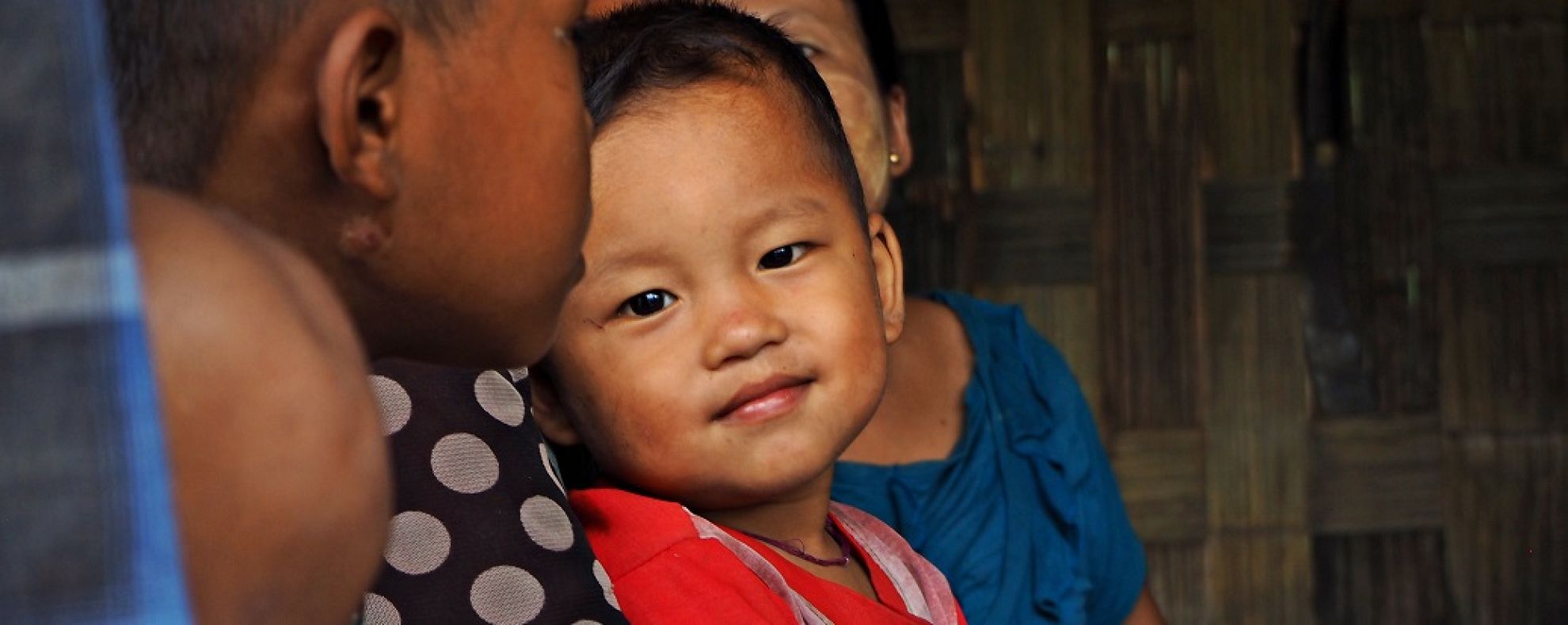
Supporting dengue prevention and control in Myanmar
24 May 2016Dengue is a rapidly growing viral infection spread by the same species of mosquito as the Zika virus. Prior to 1970, only nine countries had witnessed epidemics – now that number stands at over 100. Typically found in tropical and sub-tropical climates and often in urban environments, the infection leads to symptoms including high fever, severe headaches, fatigue, vomiting and severe joint and muscle pain. In about five percent of cases, the disease can progress to a more severe stage that can cause death. Most outbreaks occur in Asia, where it is estimated that 50-100 million people are affected every year.
Myanmar saw its highest ever recorded number of cases in 2015, with 120 confirmed deaths between January and September. However, these numbers may be even higher, with many cases going undetected or unreported. Prevention and control of dengue relies mainly on controlling the mosquito responsible and ensuring proper medical care is accessible to manage symptoms.
Malaria Consortium has been working with the Ministry of Health in the country for some time to revise the national dengue prevention and control guidelines with strategic funding from the UK’s Department for International Development (Programme Partnership Arrangement). These revisions are based on the most recent World Health Organization recommendations, making the guidance more up-to-date and applicable in programmatic settings. For the guidelines to have a positive impact, health workers need to be trained to use them despite often being located in poorly-resourced health facilities.
Last month, Malaria Consortium began a study comparing two approaches to rolling out the revised guidelines to health workers.
- Traditional approach: provides basic training in the form of lectures and presentations.
- Comprehensive approach: uses adult learning techniques and interactive exercises, such as dengue outbreak simulation.
The study – conducted through COMDIS-HSD, a Research Programme Consortium funded by UK aid – will be carried out in four townships in two regions of Myanmar and will vary these two approaches for comparison. The effectiveness of the two training approaches will be evaluated by assessing health workers’ knowledge of dengue prevention and control and their practical skills in applying the guidelines to their roles, as well as health facilities’ dengue outbreak preparedness and dengue data recording practices.
The findings from the study will help to improve dengue prevention and control, especially by ensuring consistent, timely and complete reporting of dengue cases. This will contribute to the early and reliable detection of dengue outbreaks in the country.
Results are expected by December 2016.
Learn more about our other COMDIS-HSD studies below:
- Community dialogues for prevention and control of neglected tropical diseases
- Exploring factors which affect the rational use of antibiotics at community level in Zambia
- Assessing and addressing barriers to IPTp uptake in Uganda
Comparing iCCM in Rural and Peri-Urban Villages in Uganda
Keywords: Health system strengthening | Vector control | Treatment | Facility health services
Related content
11 March 2016
Provincial coordinators in Mozambique learn about social mobilisation for neglected tropical diseases
16 September 2015Reducing the risk of malaria in pregnancy in Uganda � observations from the field
7 April 2016Dengue: a silent issue and a growing problem
Latest news
- International summit calls for AMR accountability in public health interventions21st March 2024
- Global SMC community celebrates new milestone at SMC Alliance Annual Meeting in Nigeria6th March 2024
- Scaling up key interventions could halve pneumonia-related childhood mortality13th February 2024
- Malaria Consortium and eGov Foundation join Mozambique’s national malaria programme to digitalise seasonal malaria chemoprevention campaigns8th February 2024
- World’s first malaria vaccine rollout launched in Cameroon22nd January 2024
- Digital solutions driving equitable access to health6th December 2023